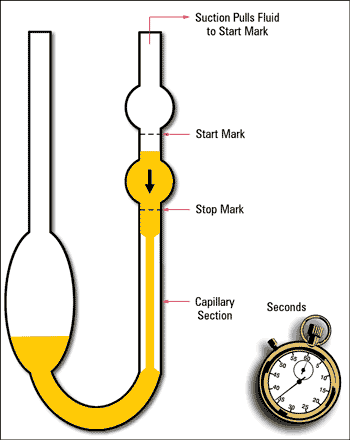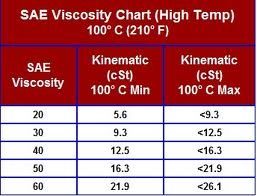Originally Posted By: tc1446
From my experience testing a variety of motorcycle oils in shared gearbox of my Can Am, most shear down to low 30's by 2-3000 mile and on down into 20's at 4000 miles. Somewhere I read that shearing occurs early on. Question is, does it continue to shear significantly, like it does between 2-4000 miles, or does it taper off, and perhaps stay in the 20 range for a good period? Does anyone have any experience or knowledge about this?
I've never had the balls to run it past 4000 in my machine but BRP says oil only needs changing every 9300 miles on the Can Am 1330 motors, and I am beyond curious how that can be.
To directly answer your questions,
1. The shearing will taper off, normally in the first 2500 miles or so, the manufacturers know this and why important to stick to the grade/viscosity oil recommended by the manufacturer.
2. The reason to stick to the viscosity recommended is this and of all things, important, in a oil shearing machine like the Can Am.
3. A GENERAL rule of thumb and why makers recommend viscosity that they do are for a reason. (Ill refrain from getting in a debate about this*L*)
Remember, I said GENERAL, pretty much (for illustrative purposes) a 20/50 oil is a 20 weight oil with viscosity improvers in it, these improvers expand to make the oil act like a 50 weight oil when hot.
The (index improver) is made up of a polymer and in a machine like gear cases, transmissions this polymer gets chewed up and becomes ineffective or should be said, less effective, leaving you closer to the original weight oil, so a 20/50 becomes closer to a 20 weight oil.
The above is a simple explanation. In reality I doubt very much a 20/50 oil would shear much below a 40 weight, simply because there is is less improver, vs a 5/40 oil or 10/40 or even better 15/40 or 20/40.
There is a reason why makers ex. Indian/Victory spec a 20/40 oil. The less spread in the oil the less shearing will take place, simply because there is less polymers to shear.
Its when people, thinking they are doing good to their engine select a well made synthetic like Rotella T-6, the thing is the engine makers do not recommend a 5/40 oil for a reason, they know it will shear down fast, the spread is to large. T-6 is a respectable oil as the other HDEOs but a 5/40 viscosity is not the proper viscosity for the purpose and why one would be better off with the conventional 15/40 of that product.
All the above is a general overview and thinking behind it. Bottom line is, the higher the lower number is, the less shearing will take place, if you do that and listen to the engine maker recommendations you should be ok and if it bothers you, as it would me, you can always change at, lets say, 5000 miles instead of 9000 miles but I assume, the engine maker is already taking into account the shearing that will take place as long as you are using the viscosity they are recommending.


